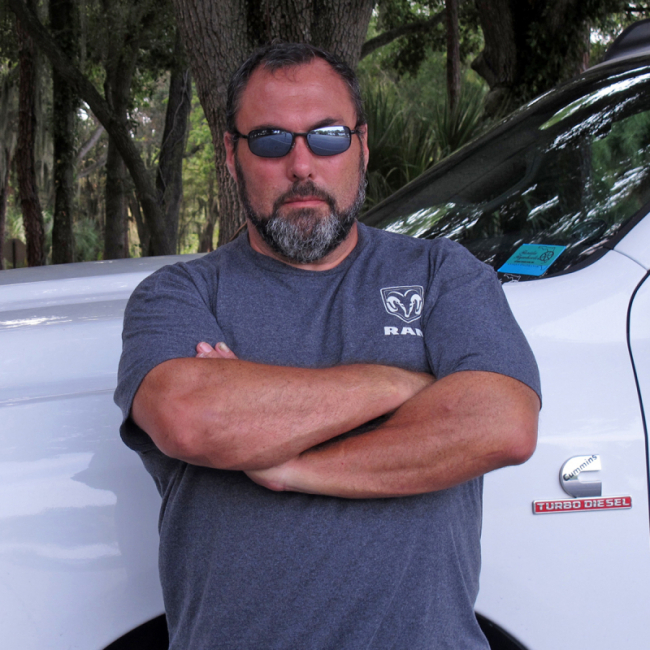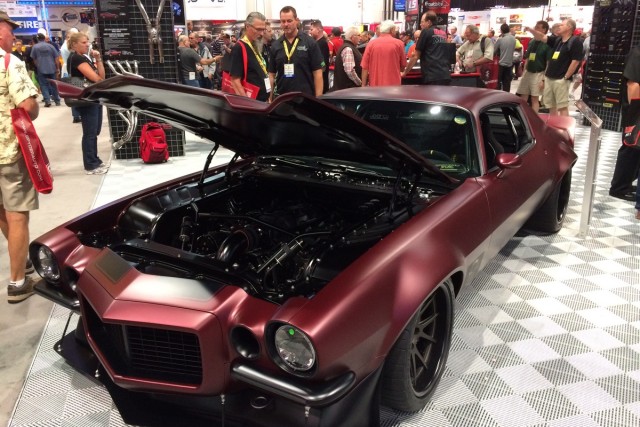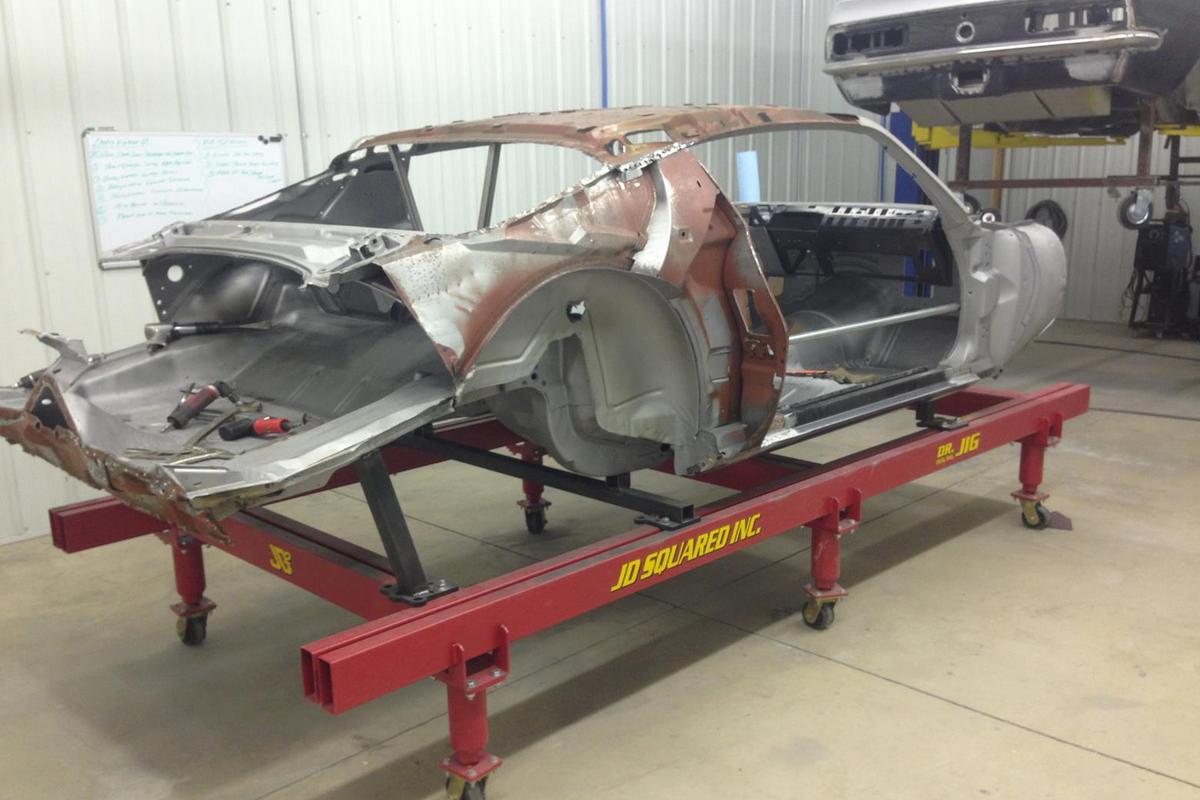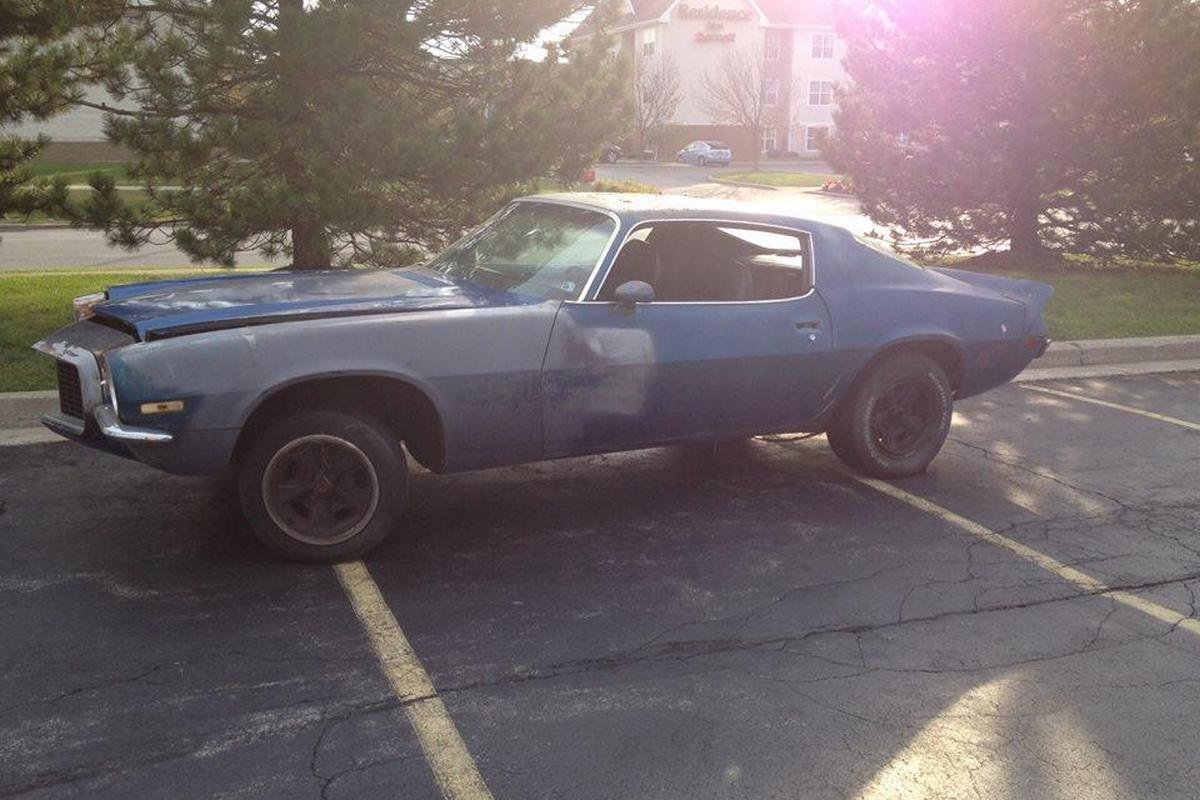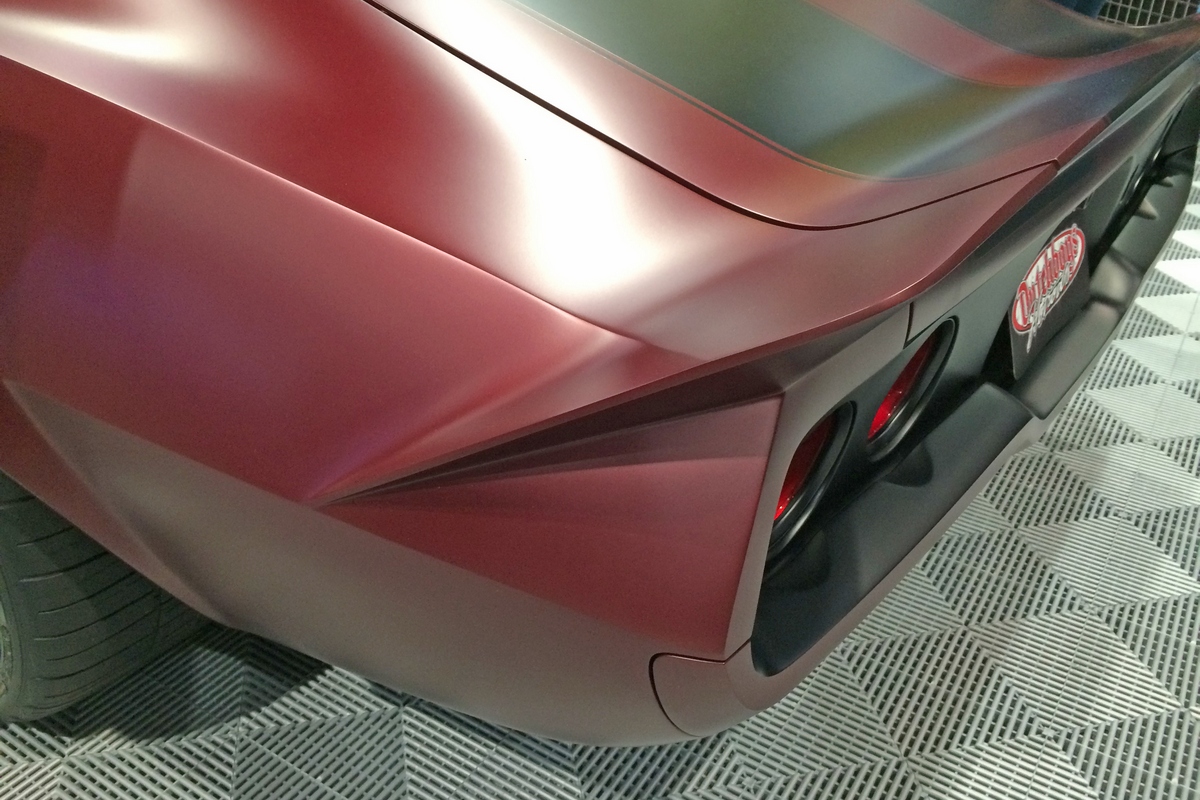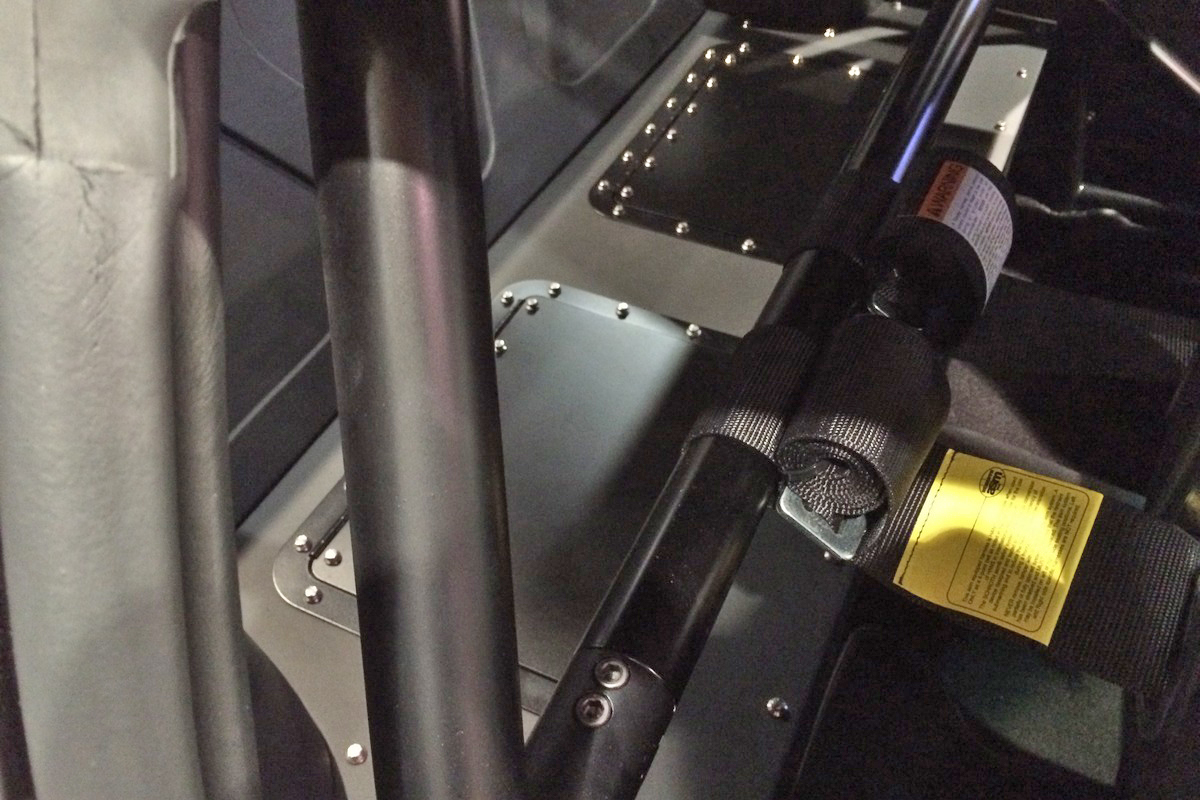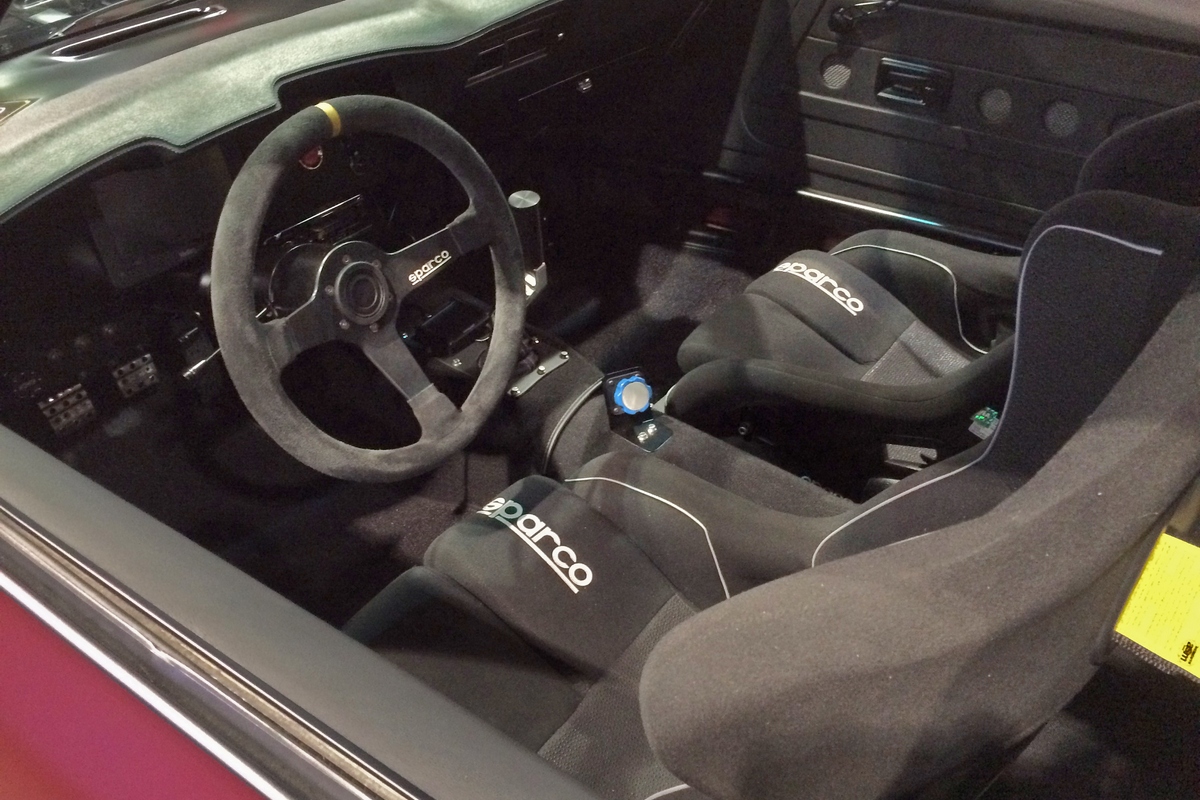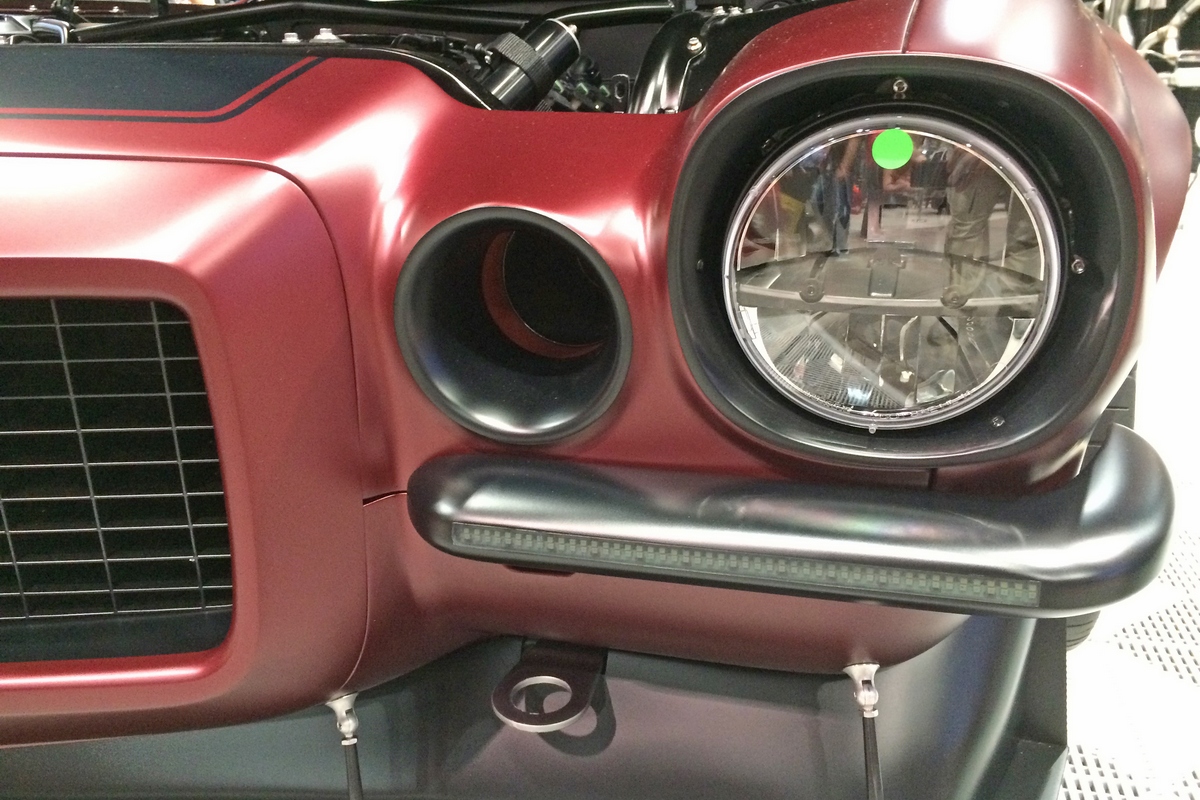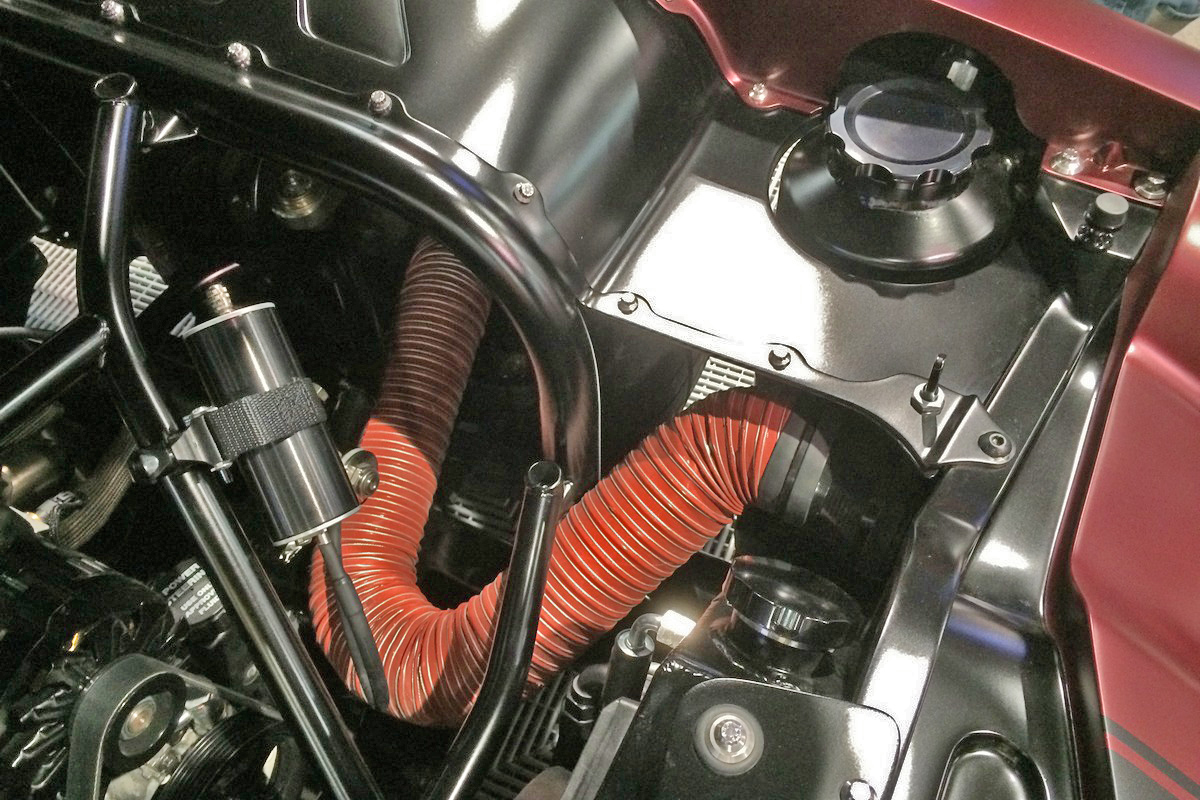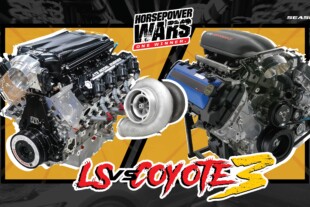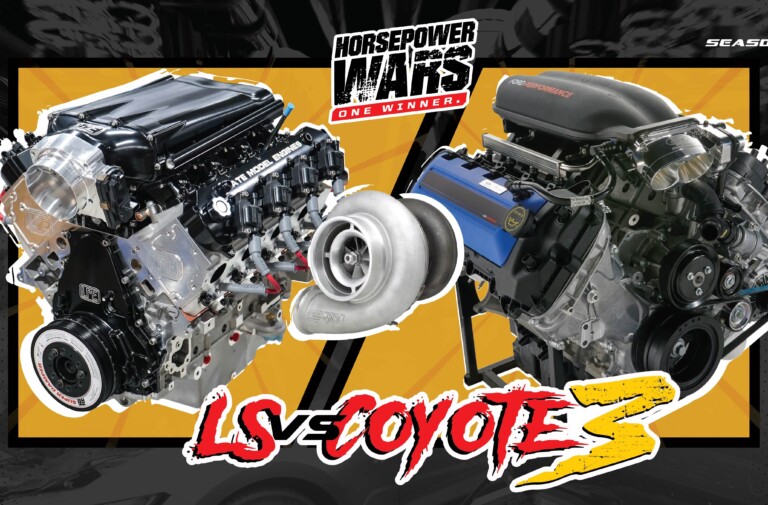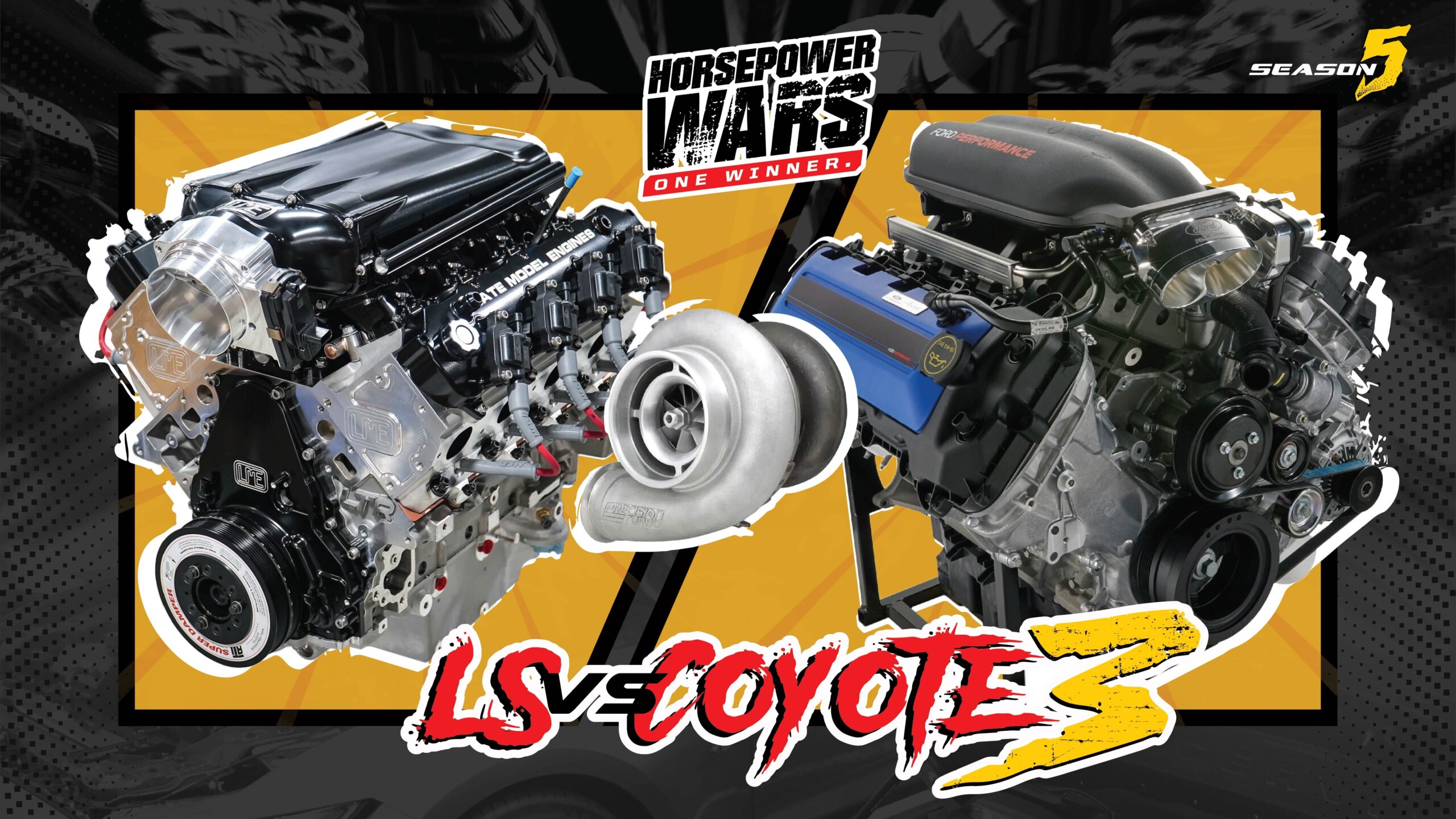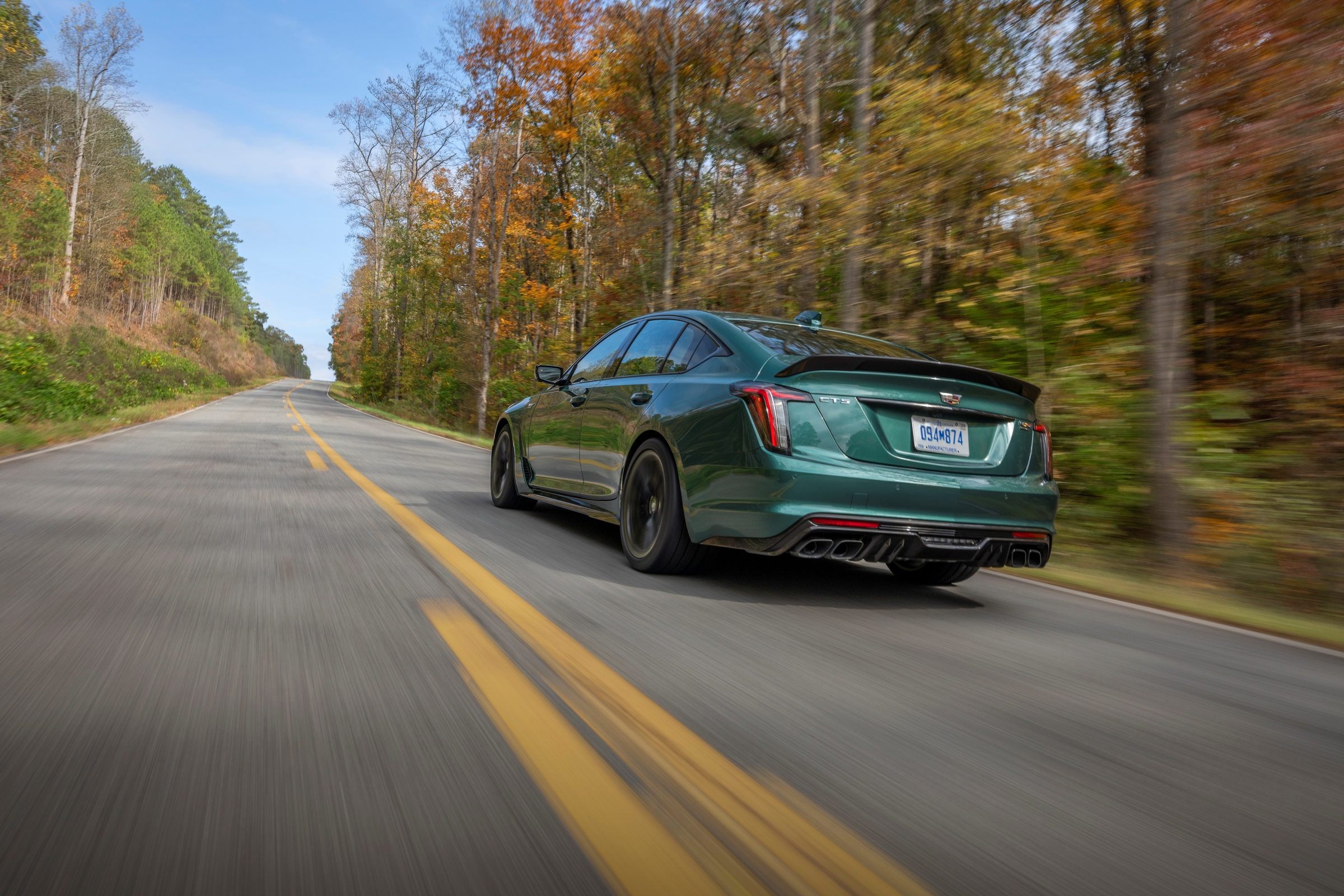If you’re in the business of restoring cars and building hot rods, one way to bring attention to the business is to assemble a ride that will stop people in their tracks. Dutchboys Hotrods is a small shop in Kalamazoo, Michigan, that did just that at this year’s SEMA show. The father and son team of Joe and Paul and VanNus started their business by accident. As true automotive enthusiasts, they thoroughly enjoy the hobby of rebuilding cars, and that hobby eventually developed into a full-time business. Dutchboys Hotrods specializes in everything from restoring musclecars, to building one-off custom creations. They are seriously good at their craft, and when we spotted this stunner in the Holley booth, we needed to take another look.
The body looked rough before the project began, and the further along Paul got with the project, just how rough was realized.
The family background came in handy when Paul found this rough but restorable 1971 Chevrolet Camaro in the fall of 2013. Although many people before him didn’t feel like taking on the enormous project, he saw potential. Besides, what better calling card for the shop than rebuilding a car that no one else would touch? As soon as Paul carefully hauled the rusty hulk to the family shop, the resurrection began by stripping the sheetmetal of any remaining paint and other “foreign” substances, so the arduous task of rust repair could begin.
The amount of fabrication work involved in just the deck lid spoiler is unbelievable.
It is going to be a show car for SEMA week, but we’re giving it hell after that. – Paul VanNus
Inside, the interior might look like a race car with Sparco seats, leather-covered aluminum interior panels and … who are we trying to fool, this ride is all business. Brian Bodie gets credit for the stitch work inside the car. The front seats are a pair of keep-your-butt-planted Sparco racing seats, and the rear seat has been eliminated so that area could serve another purpose. Where the rear seat used to reside is now a housing that the keeps the fire suppression system, battery, and fuse panel safe. According to Paul, “The back seat in these cars is almost pointless anyway, so by doing this, we essentially moved some weight forward and lower. We’ll see how it works out.” Finally, a dash from a 1969 Camaro was fitted to the car and looks like it was put in place by the factory.
Since this is destined to be a race car, the suspension is a very important aspect, and therefore received some serious upgrades by way of a Detroit Speed Inc. suspension system. Helping point the car into the corners is a DSI, “Detroit Tuned” power rack-and-pinion steering, forged spindles, a splined antiroll bar, and JRi coilover shocks. This combination ensures the car handles in winning fashion, but doesn’t rattle your teeth while powering through the road course. Finally, a set of Baer brakes are stuffed behind Forgeline’s Concave-series wheels that are wrapped in B.F. Goodrich rubber.
The RS-specific marker lights were removed to make way for cooling ducts for the big Baer Brakes.
If you are going to build a race car, making it faster than any competitor you come across is a must. To ensure he had the power needed, Paul enlisted the help of Livernois Motorsports of Dearborn Heights, Michigan. The Livernois crew built an LS7 engine and topped it with Holley’s LS EFI. Behind that is a Tremec T56 transmission, because rowing your own gears is high on the list of a musclecar owner. Finally, a 9-inch rearend plants the power where it needs to be.
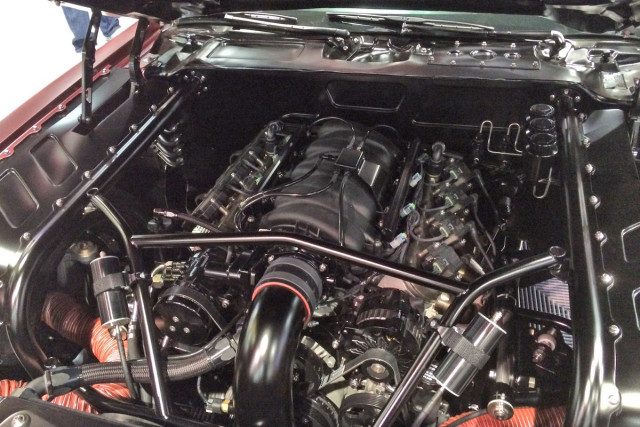
The stock inner fenders were removed, so a custom set of covers were fabricated to take their place.
The finished Camaro truly is a work of art, and we can’t wait for Paul to take this artful iteration of a race car, and prove its mettle on the road course.


